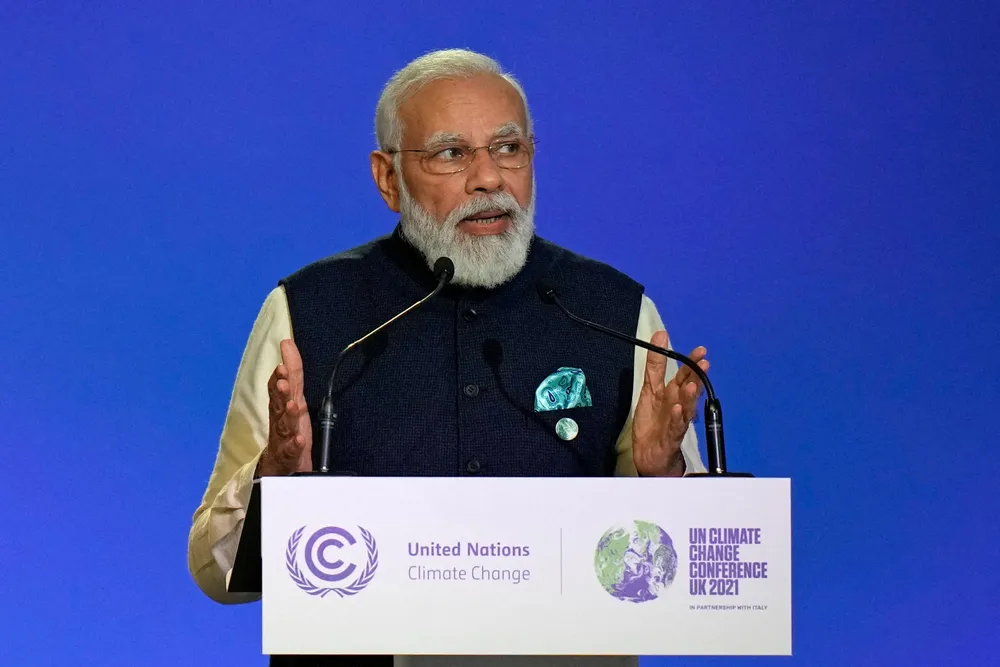Indian Prime Minister Narendra Modi sets net zero target at COP26
Emissions reduction target one of 'five elixirs' Modi outlined in his speech in Glasgow for India's energy transition

Emissions reduction target one of 'five elixirs' Modi outlined in his speech in Glasgow for India's energy transition
